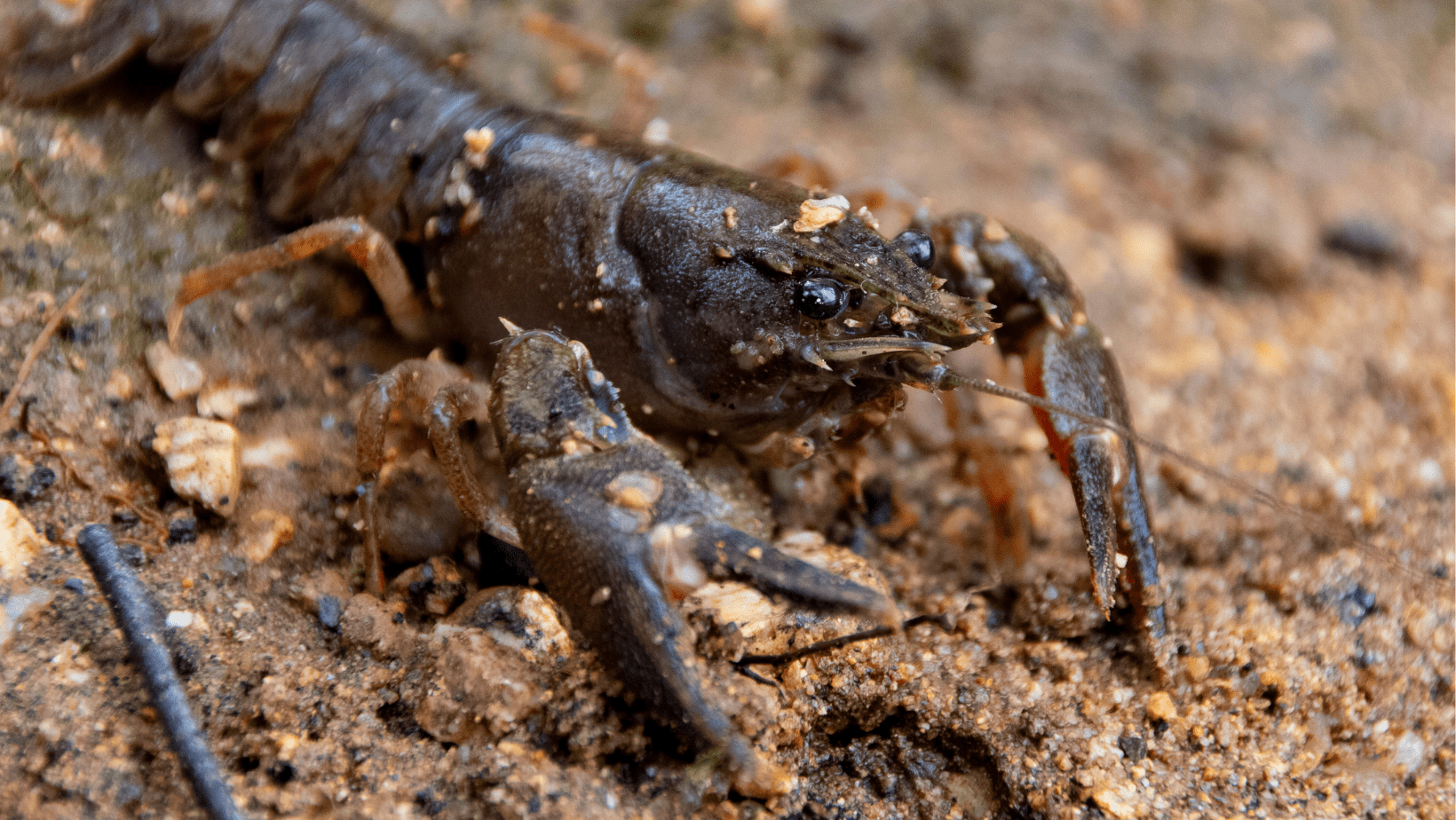
white clawed
CRAYFISH Survey ServicesInitial site assessment/ review of biological data
Edna testing for crayfish presence
Report on crayfish/mitigation strategy
Any ongoing monitoring, application to Natural England (dependant on impacts)
Detailed Assessments and Reports to Support Planning Applications

Legislation
The white-clawed crayfish is shielded by European and UK regulations. Covered by Annexes II and V of the European Habitats Directive (1992), it mandates Special Areas of Conservation and restricts disturbing the species.
The European Bern Convention recognises it as a protected species in Appendix III. UK's Wildlife and Countryside Act 1981 safeguards it from intentional extraction and trade, with breaches incurring up to £5000 fines.
Additionally, five invasive crayfish species are restricted from being reintroduced into the wild under the same Act, given their risk to native species. Recognised in the UK Biodiversity Action Plan, the white-clawed crayfish's UK population has dipped by over 25% in the past quarter-century. National and regional plans have been drafted to bolster their numbers, curbing threats from foreign species and illness.
Habitat
freshwater streams
survey
White-clawed crayfish, once widespread in specific UK regions, now face a significant decline in their populations. Given their conservation importance, planning authorities must consider their presence. Therefore, when developments impact streams or rivers in areas housing this species, a survey is typically advised.
These surveys are most effective from July to October and in April. Crayfish are less active from November to March, making this period less optimal for surveys. Breeding in May and June prevents survey activities during these months. For collection, funnel traps are positioned along stream banks overnight, using bait to lure the nocturnal crayfish. Alternate methods encompass manual searches beneath large rocks and using torches for night-time observations. Capturing these crayfish for study necessitates a proper licence.